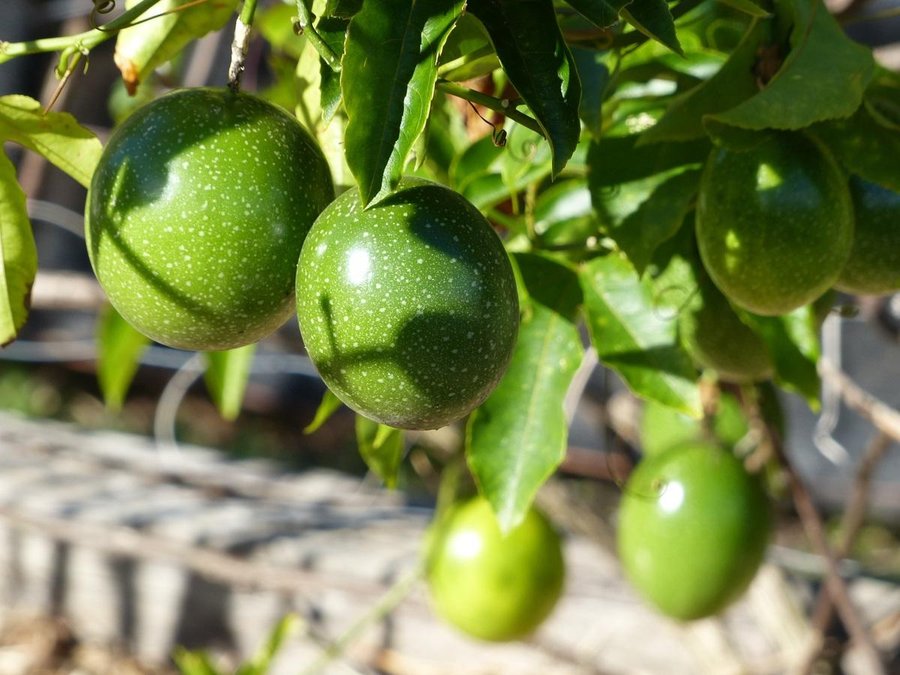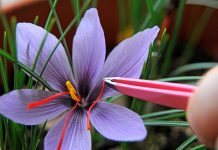The passion fruit plant is a creeping type of plant that has a fairly rapid growth, which for the inexperienced causes doubts about how and when to prune a passion fruit, this because it is well known that, like many plants, the right pruning can encourage the growth of more fruits which generates a better harvest and more profitable use of the plant space in your garden.

This plant has the particularity of requiring 3 types of pruning to grow correctly, these are done at different times of the plant’s life and its objective is to ensure the best distribution along the wire where the passion fruit plant grows, so it is important to know them to determine how and when to prune a passion fruit correctly.
Formation Pruning
This pruning is done in the first phases of the plant’s development, being an indispensable step in the cultivation of passion fruit. It is intended to define the final height that the plant will have. You can begin to do it little by little when your passion fruit begins to grow, cutting the basal and axillary shoots weekly. After doing the transplant, eliminate the axillary buds to leave only one stem per plant, which should reach the desired height that you have decided in your garden, always eliminating the lower leaves to avoid splashing water and fungi.
Also read: The Best 5 Flowers to Start Your Winter Garden and Renovate Your Home
Production pruning
It is an important type of pruning when we talk about how and when to prune a passion fruit, this is done to maintain the plant in a balance of structures, it should be done when the passion fruit has already reached its final size, cutting the branches that have already given production and those that are observed sick, seeking to encourage the growth of new branches.
Renewal pruning
The last part of the process of how and when to prune a passion fruit is after the harvest season, eliminating all secondary branches and giving room for new branches that will grow for the next flowering season. This is when you can look to change the appearance of the plant and redecorate the garden or orchard.
Translated and adapted by Noobuzz staff.
Sources: Facilisimo







